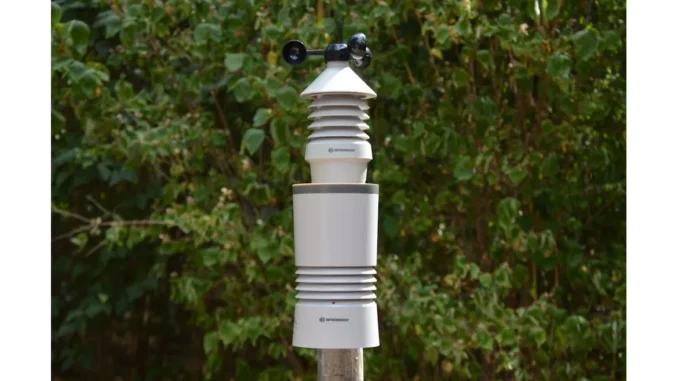
Summary
NIWA Embarks on Strategic Data Management Upgrade with VAST Data Partnership
The National Institute of Water and Atmospheric Research (NIWA) in New Zealand has entered into a pivotal collaboration with VAST Data to overhaul its climate data systems. This initiative aims to bolster NIWA’s capacity to handle extensive datasets critical for atmospheric science, oceanography, and climate modelling. By integrating VAST Data’s platform, NIWA seeks to optimise storage efficiency and prepare for future scientific demands, positioning itself as a leader in AI-driven environmental research.
Main Article
Modernising Data Systems for Enhanced Climate Research
In the face of escalating climate challenges, the integration of advanced data management systems is essential. NIWA, renowned for its environmental research, is set to transform its data handling capabilities through a partnership with VAST Data. With over 20 petabytes of historical weather data in its archives, NIWA aims to modernise its infrastructure to accommodate the growing complexity and volume of scientific data. The VAST Data platform promises to revolutionise data storage, management, and utilisation, ensuring that NIWA can meet the increasing demands of modern research.
Warrick Johnston, an industry analyst, remarked on the transformative nature of this collaboration, stating, “The VAST Data Platform will underpin NIWA’s advanced technology initiatives, facilitating intelligent data capture and management.” This partnership extends beyond NIWA, offering support to other research entities across New Zealand. As AI and machine learning become more integral to operations, the ability to manage massive datasets efficiently is crucial.
Innovative Features and Strategic Implementation
A standout element of the VAST Data Platform is its active-active clustering through a global namespace, allowing seamless data synchronisation across multiple sites. This feature significantly reduces operational complexity, enabling advanced functionalities such as write-read access, thus enhancing data accessibility and reliability.
Jeff Zais, an industry commentator, highlighted the importance of these features, noting that VAST Data’s ability to unify NIWA’s sites and integrate GPU capabilities was decisive. The platform’s flexibility is crucial as NIWA transitions to new weather and climate modelling codes, aiming to leverage AI-driven research.
The platform’s integrated compression, deduplication, and multi-tenancy capabilities further optimise storage utilisation and ease management burdens. By adopting VAST Data’s Disaggregated Shared-Everything (DASE) architecture, NIWA strategically addresses legacy system challenges, reducing costs and operational complexity while minimising physical infrastructure.
Sunil Chavan, an industry observer, emphasised the importance of this partnership, stating, “The VAST Data Platform offers the scalability and performance necessary to tackle the complexities of modern scientific workloads.” This collaboration not only represents technological advancement but also supports NIWA’s leadership in global environmental research.
Positioning for Future Scientific Endeavours
As NIWA progresses towards full production capacity by May 2025, this upgrade places the institute at the forefront of AI-driven data platforms in environmental science. It establishes a benchmark for other institutions and highlights the critical role of data solutions in addressing global environmental challenges. The enhanced infrastructure is expected to deliver faster and more detailed insights into environmental patterns, benefiting both New Zealand and international scientific communities.
Detailed Analysis
The strategic partnership between NIWA and VAST Data aligns with broader trends in scientific research where data-driven approaches are becoming increasingly vital. As the complexity of climate data grows, institutions require robust systems capable of handling large volumes of data efficiently. This collaboration reflects a shift towards integrating AI and machine learning into environmental research, enabling more sophisticated analyses and predictions.
By investing in cutting-edge data management technologies, NIWA is not only enhancing its research capabilities but also contributing to a deeper understanding of climate dynamics. This initiative underscores the importance of technological innovation in addressing pressing global issues, such as disaster preparedness and environmental stewardship. The enhanced data systems will facilitate more accurate climate models and simulations, supporting efforts to mitigate the impacts of climate change.
Further Development
As the deployment progresses, attention will turn towards the integration of AI and machine learning technologies within the upgraded data systems. NIWA’s transition to full production capacity by May 2025 marks a significant milestone, with expectations of enhanced research outputs and contributions to global scientific efforts.
Future coverage will explore the tangible impacts of this collaboration on NIWA’s research capabilities and its influence on broader environmental initiatives. Readers are invited to stay engaged with the unfolding story, as NIWA continues to leverage its advanced data infrastructure to address the challenges of climate change.

